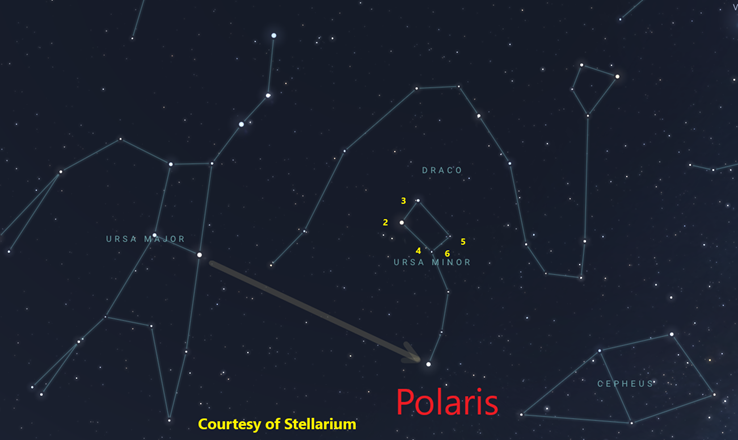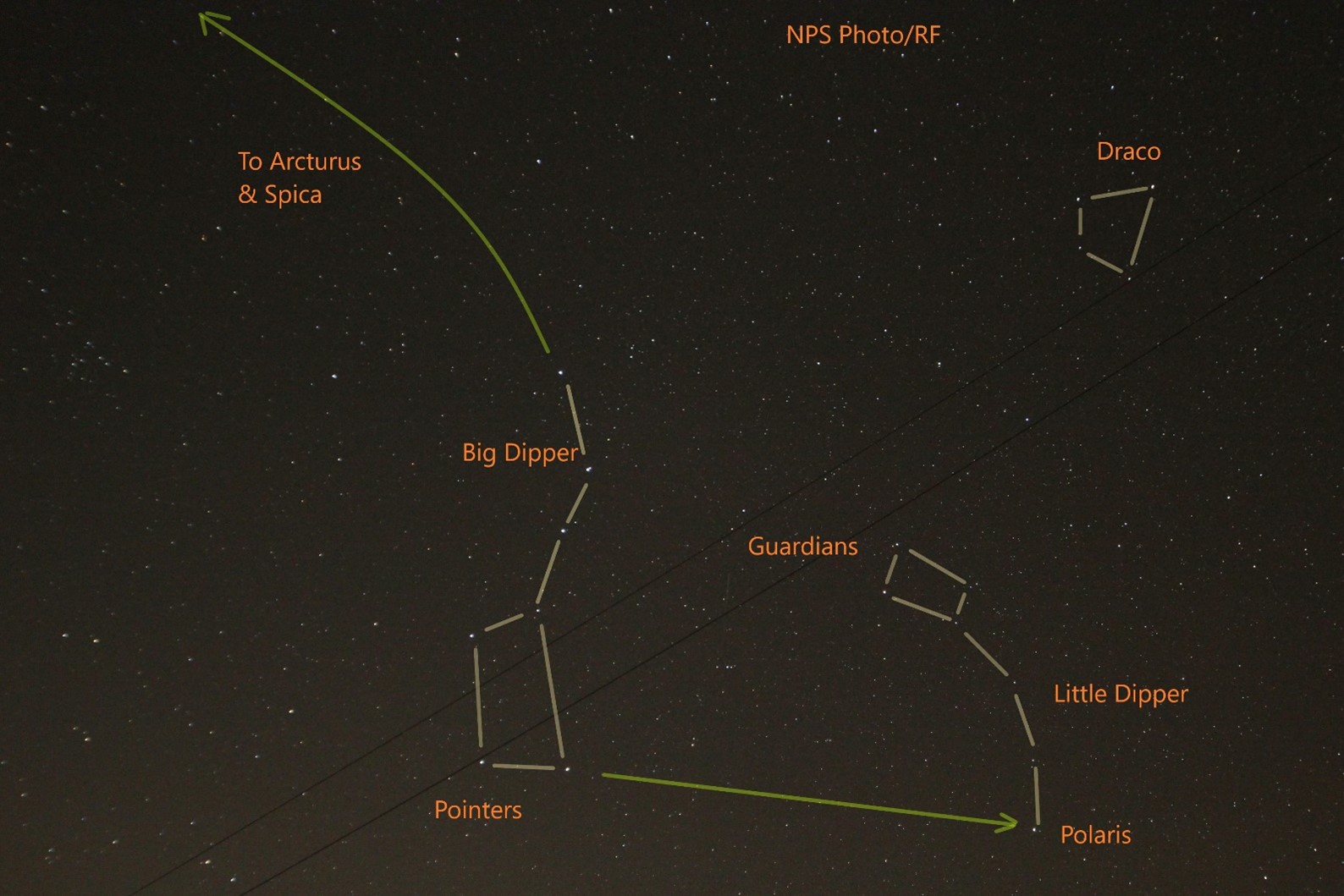Count the Stars
Carl Sagan was famous for saying that there are “billions and billions” of stars. There certainly are that many, if you include the vastness of the universe. I have been lucky enough to venture out to Bryce Canyon National Park, one of the darkest locations in the United States- free of light, and with a high elevations and dry air, both of which inhibit the development of haze. It sure seemed that there was a vast number of stars visible at Bryce, but the truth it that there are only about 9,000 stars in the sky that are bright enough to be seen by average human vision. The ancient astronomers Hipparchus and Ptolemy are credited with developing the stellar magnitude scale, a way to group together stars by their brightness. They noticed that there were about twenty stars in the night sky that stood out above all others, and lumped them together, terming them first magnitude. There were about three times as many stars that were noticeably dimmer, but still pretty bright, and these they labeled second magnitude. This continued all the way through sixth magnitude, which could only be seen under ideal conditions, when they appeared high in the sky. Hipparchus and Ptolemy were well aware of the bright planets and excluded them from their scale and calculations, since they didn’t stay in the same place in the sky.
So how many stars can be seen to the unaided eye from Bryce Canyon? Approximately 2,500 stars of the 9,000 bright enough to see never rise above the horizon as seen from there, and of the remainder, only half are above the horizon at any one time. The thicker air near the horizon causes the sky to appear brighter, causing at least half of those left to not be seen, leaving perhaps 1,500 to be seen by a person with good vision, even under Bryce’s pristine skies. Perhaps one tenth this many might be seen from the Gateway Arch, even on a good night.

How about your own sky? To test it, face north on June evenings, particularly when the moon isn’t out or is just a thin crescent. The distinct pattern of the Big Dipper appears high in the sky, appearing handle up. As is well known, the two stars in the Big Dipper’s bowl farthest from the handle always point to the North Star, Polaris, which is a second magnitude star. As can be seen from the chart, there are two stars above the North Star that are considered the “Guardian” stars of the pole. They are second and third magnitude, and should be visible for most people. If you can’t see them from your home, your light pollution is really bad! If you can see the Guardians pretty well and the night is very clear, can you also make out the other two stars that make up the bowl of the Little Dipper? They are fourth and fifth magnitude. If your sky is too bright, try using a pair of binoculars. Finally, with the binoculars, look halfway between these last two stars, and you may be able to see a sixth magnitude star. If your sky and your eyesight is good enough to see this last star without optical aid, consider yourself part of a very select club! Another test is to see the four stars in the head of the constellation Draco, forming a distinct quadrilateral shape to the upper right of the Guardians at this time of year. They are also of magnitudes 2, 3, 4 and 5, but currently maybe a bit easier than the Little Dipper’s bowl, since they appear higher in the sky.
How about the other extreme? Ptolemy and Hipparchus did not distinguish within their “first magnitude” category, but if you follow the arc of the Big Dipper’s handle, you come to Arcturus, and then speed on to Spica, in the south. Spica is your archetypical first magnitude star, but Arcturus is distinctly brighter, so it is considered zero magnitude. There are two stars in our night skies that are even brighter and are ranked as negative magnitude- Sirius and Canopus. The latter star is never visible from the latitude of St. Louis, as it appears too far south in the sky, while Sirius is best seen in the evening skies of wintertime.

Learn about some stories hidden in the night skies of June at our next Gateway to the Stars program, at 6:45 on Sunday evening, June 12. This family-friendly program will be held on the West Entrance Plaza unless there is a threat of rain, and will be followed by free telescope viewing, led by volunteers from the St. Louis Astronomical Society. July 10 will feature the annual Kids Explorer Night, in which children 5-12 can earn a Junior Ranger Night Explorer patch as well as build & bring home their very own working Galileoscope (one per family- supplies are limited!) E-mail richard_fefferman@nps.gov for information, as well as to reserve your child’s spot.
